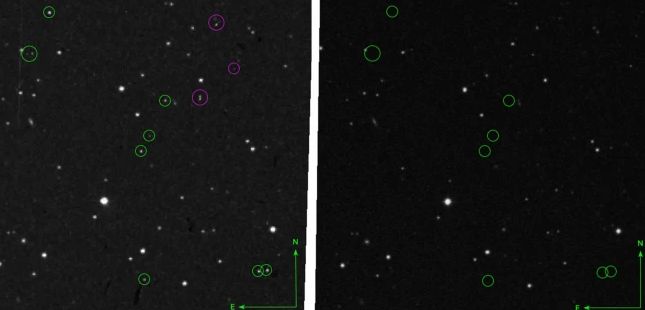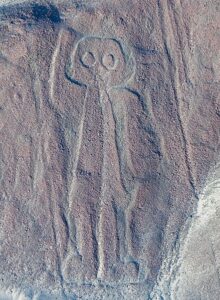Mysterious Nine-Point Light Sources Found in 1950 Palomar Sky Survey Defy Explanation

Astronomers are revisiting a decades-old astronomical puzzle involving nine enigmatic point sources of light detected on a photographic plate from the historic Palomar Sky Survey in April 1950. The sources appeared within a region just 10 arcminutes wide and vanished entirely on earlier and later plates, as well as in modern surveys using advanced CCD detectors, which probe deeper into space.
A One-Time Event
The transient nature of the nine points is particularly baffling. Modern observations with the Gran Telescopio Canarias, one of the world’s most powerful optical telescopes, have revealed faint potential optical counterparts. However, astronomers caution that these counterparts may simply be chance projections and not related to the original phenomenon.
Higher-Than-Expected Incidence of Transients
The discovery stands out because the density of these transient sources is far greater than expected from known astrophysical events. Common explanations like flaring dwarf stars, Fast Radio Bursts (FRBs), Gamma Ray Bursts (GRBs), or microlensing events have been ruled out due to their rarity and different observational profiles.
Plausible Explanations
Two leading hypotheses are currently under consideration:
- Unknown Contamination: The photographic plate could have been exposed to a now-unknown type of contamination, possibly causing the appearance of the nine transient points with varying intensities.
- Solar Reflections from Near-Geosynchronous Objects: If contamination is excluded, another explanation involves fast (less than one second) reflections of sunlight from objects near geosynchronous orbits. This scenario would require further analysis, including finding other plates from the Palomar Sky Survey that show similar transients aligned along a line—a pattern consistent with orbiting objects.
A Persistent Mystery
The absence of these transients in subsequent, deeper observations poses a challenge to both hypotheses. If solar reflections are responsible, they could provide insights into early objects in Earth’s orbital environment. However, if contamination is ruled out, the implications could reshape our understanding of astronomical phenomena.
Next Steps
Researchers are now analyzing other photographic plates from the First Palomar Sky Survey to identify potential patterns in transient appearances. Additional efforts will focus on using modern telescopes to detect similar phenomena, which could help confirm or refute the geosynchronous reflection theory.
The 1950 discovery, though fleeting, continues to spark curiosity and reminds us of the need to critically examine the methods and data from even the most historic scientific endeavors.





